Updated on July 8, 2013
Liverpool – the good, the bad and the ugly
The settlement of Liverpool was first recorded in 1190 and was formally founded in 1207 by King John. The area rose to prominence in the late 1600s becoming the second largest city in Britain after London and becoming established as the main British trading port for coal, cloth, salt, sugar, tobacco and other commodities.
In 1699, the township became a parish – the same year its first slave ship set sail for Africa. Within the next 100 years, Liverpool accounted for 40 per cent of the world’s slave trade, carrying 45,000 slaves from Africa. Slaves were used to build the city’s vast docks which held 100 ships. The city became a thriving financial centre with grand civic buildings.
By 1807 slave trading was outlawed and by 1833 slavery was abolished.
Shipping of commodities replaced the slave trade and the city expanded to more than 700,000 people by 1901.
During World War II Liverpool was the target of many German air raids. The Beatles’ John Lennon was born in 1940 during an air raid in 1940.
Much of the city was rebuilt after the war but with the loss of heavy industry, the population declined to 460,000 by 1985.
An economic revival began in the mid-1990s with tourism becoming an important sector of the economy.
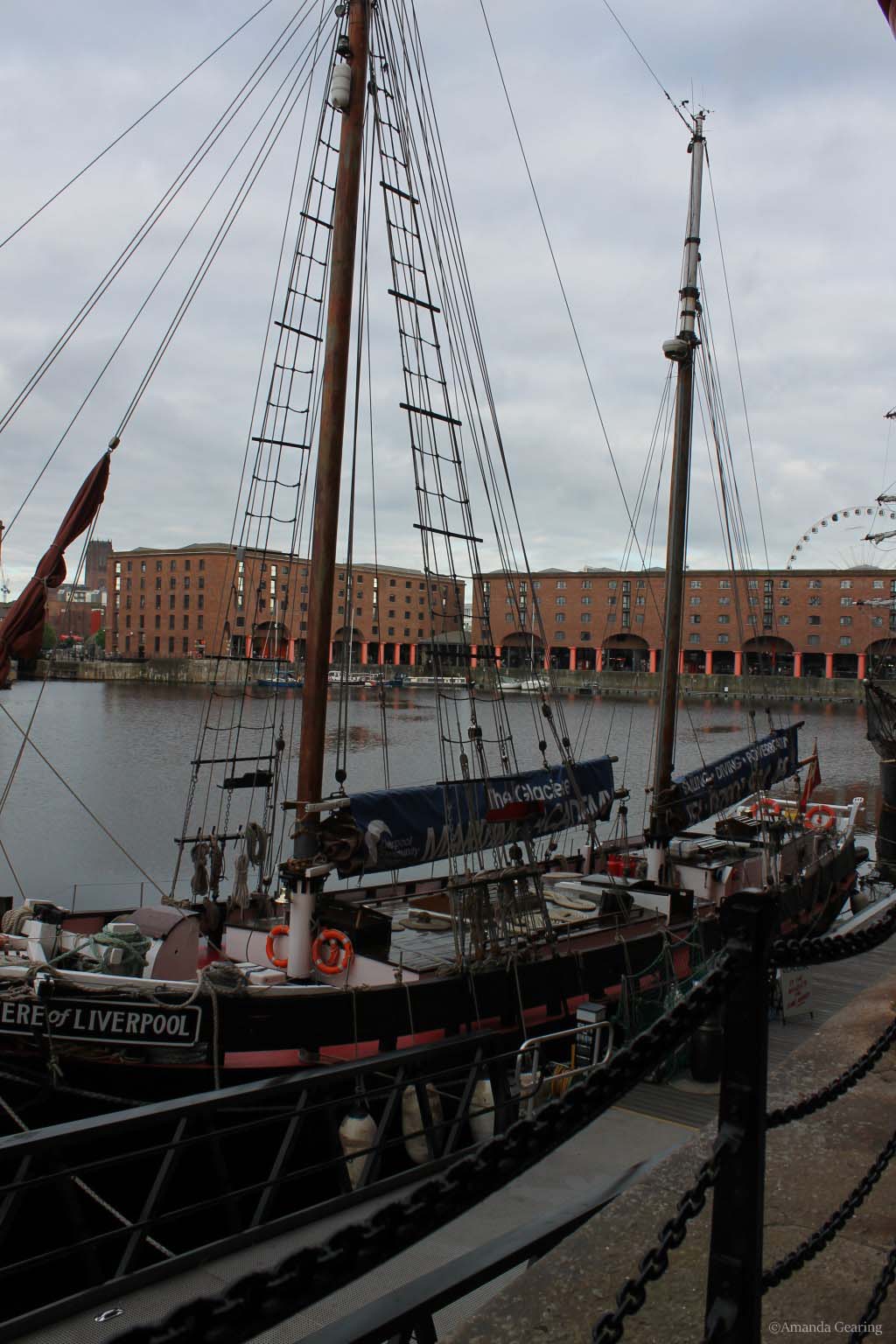
1. The Beatles Story – celebrating 50 years in 2012
The huge red brick warehouses lining the LIverpool Dock are now home to waterside restaurants, museums and the Beatles Museum “The Beatles Story”.
This fascinating collection of historic material about the boys from Liverpool who took the world by storm in the 1960s takes several hours to see.
Here visitors can find out about the childhoods of Paul McCartney, John Lennon, George Harrison and Ringo Starr and how they met and formed the most famous band the world has seen.
A large souvenir shop stocks records and a wide range of band memorabilia from clothing and magnets to stationery and handbags.
See my article Home of the Beatles Museum – Liverpool, UK for more details and photos.
2. Liverpool 1
Liverpool CBD, now named Liverpool 1, is a thriving traffic-free retail area. There is a wide range of shops and department stores, restaurants and entertainment venues.
3. Ride on a Mersey Ferry
The grand Mersey River has created a large natural harbour. Taking a ferry ride is a relaxing way to view the maritime infrastructrure and imagine this ship-building port in its hey day in the 19th century and 20th centuries.
4. Beatles Tours
A range of tours to places in the city associated with the Beatles is available. Short tours are two hours but include many local sites including the childhood homes of John, Paul, George and Ringo; Penny Lane, the gates of Strawberry Field and St. Peter’s Church, the Art College attended by John Lennon, the Liverpool Institute and over 50 Beatles locations in Liverpool.
The longest tours are a full day including entry to the Casbah Coffee Club and the Beatles Museum.

5. Liverpool Museum
Liverpool has seven museums, the Museum of Liverpool which traces the history of the city, the International Slavery Museumtracing the history of slavery and contemporary slavery, the Merseyside Maritime Museumwith memorabilia from the Titanic and displays about life at sea and the port of Liverpool, the World Museum which displays treasures from around the world, the Walker Art Gallery, the Lady Lever Art Gallery which exhibits paintings, sculptures and decorative art from the 13th century to the present and Sudley House – a Victorian merchant’s house with period furniture and paintings.
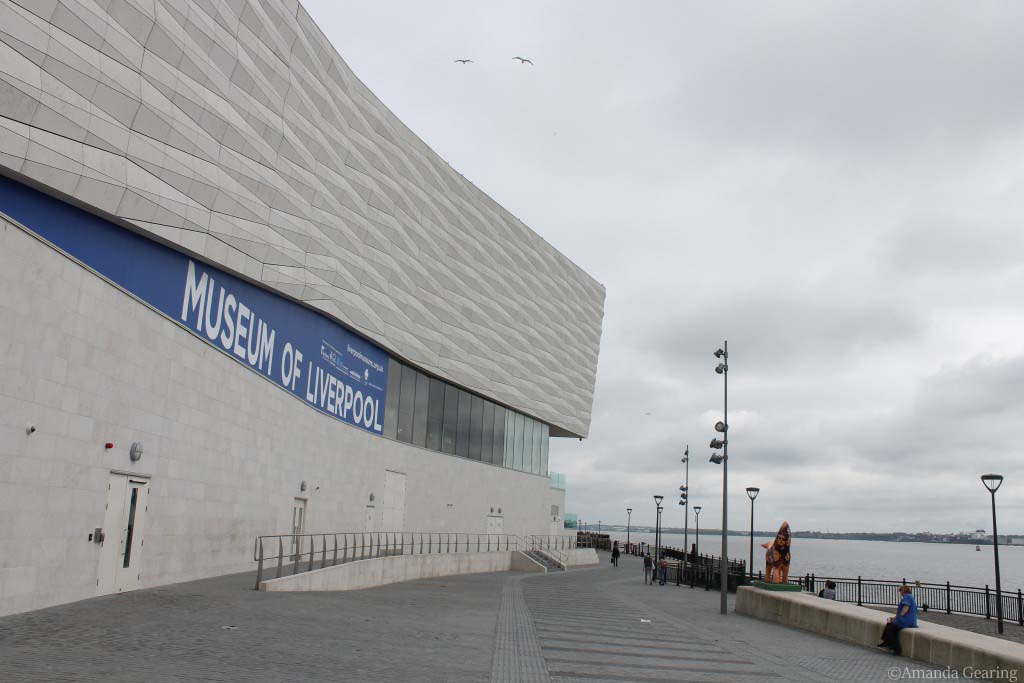

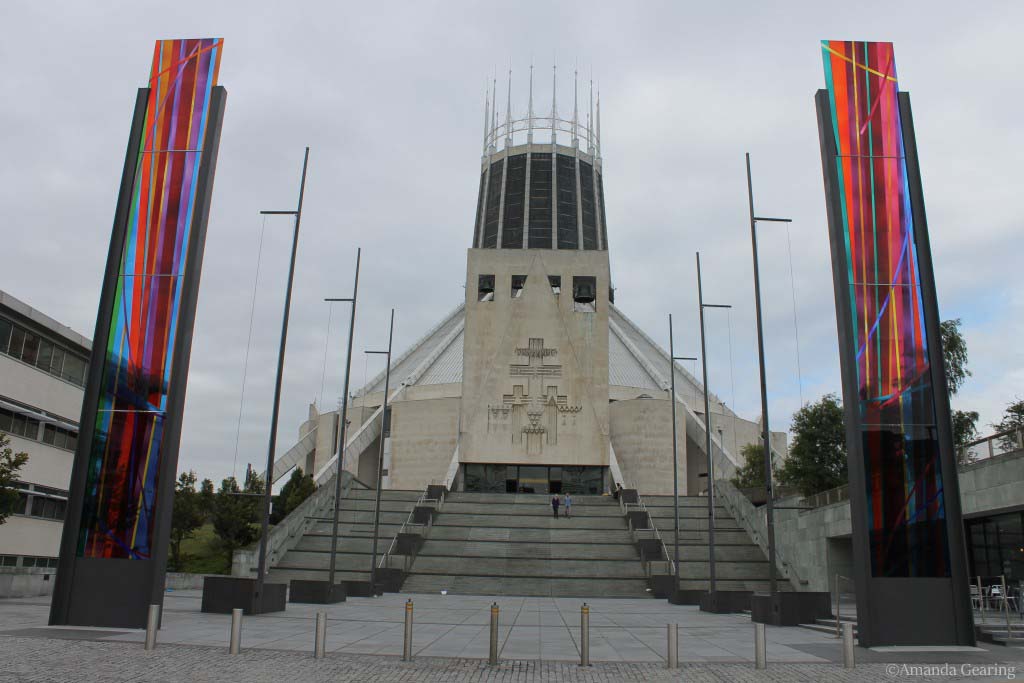
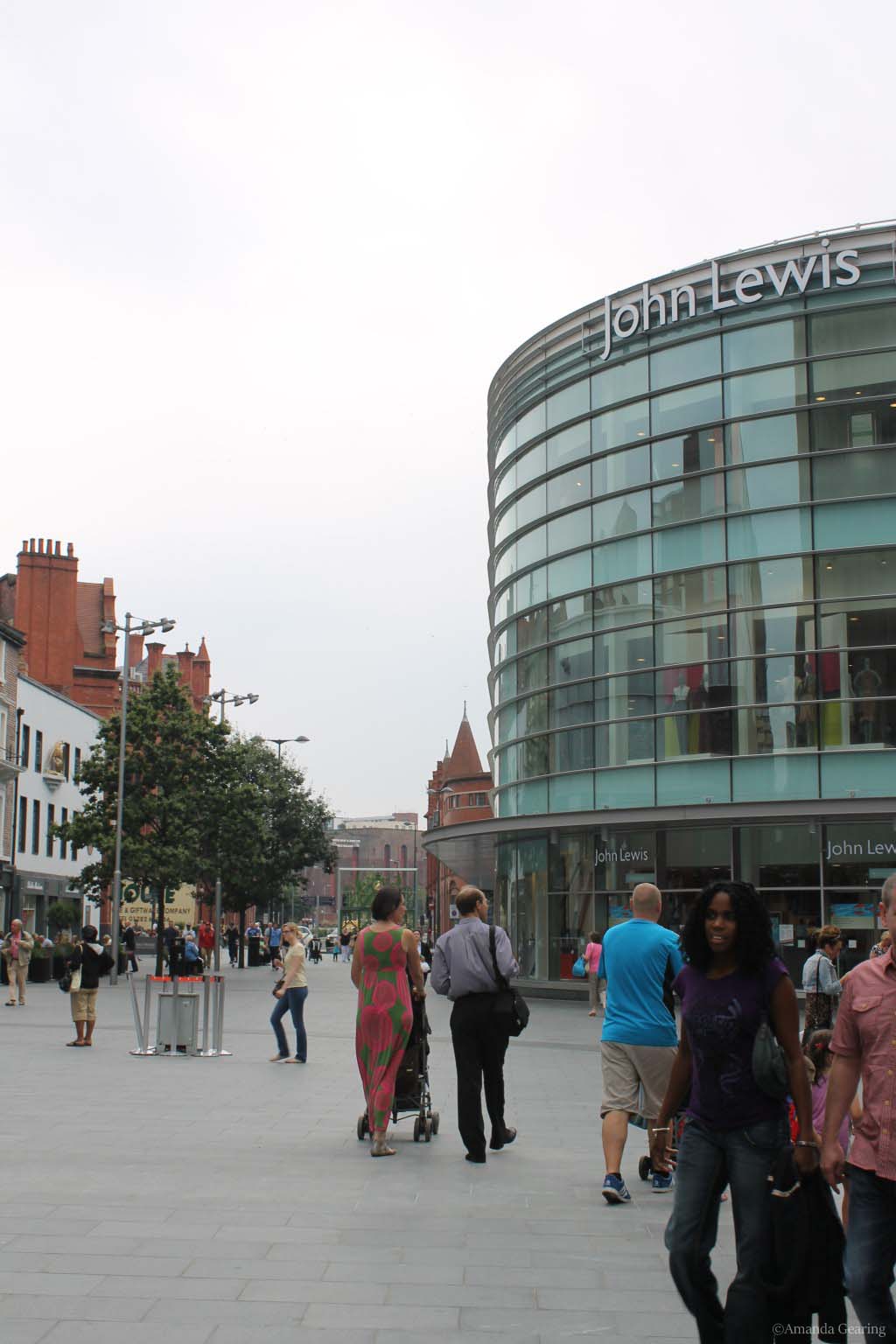
6. Heritage buildings
Wander anywhere in Liverpool and you’ll find some of the 2,500 listed buildings in the city, from medieval, Tudor, Stuart, Georgian to Neo-Classical, Victorian and 20th and 21st century buildings.
As a centre for trading, Liverpool was once a very wealthy city and has grand civic buildings, and monuments including shipping offices, insurance companies, cathedrals and churches and the docks themselves. Suburban terraced housing remains in much of the city, evoking the days of the industrial revolution.
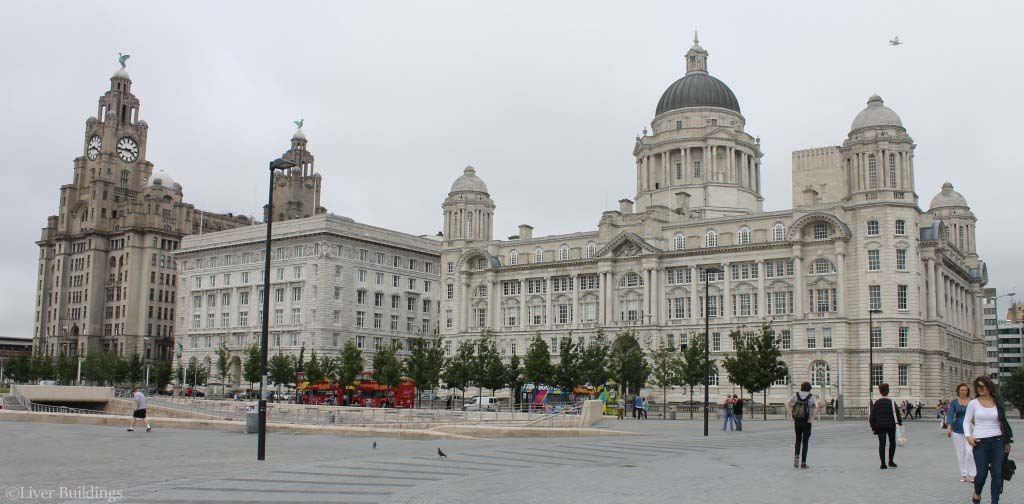


Recent Comments